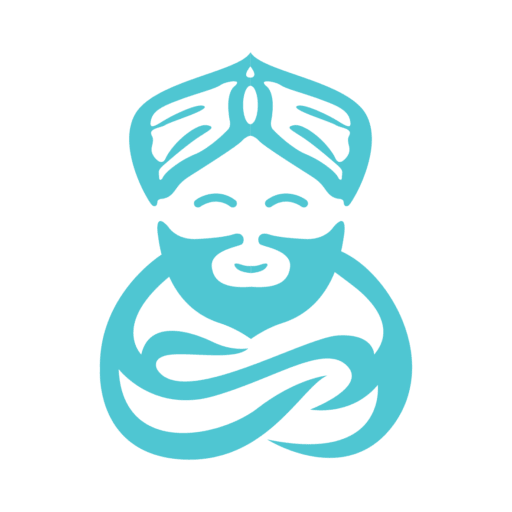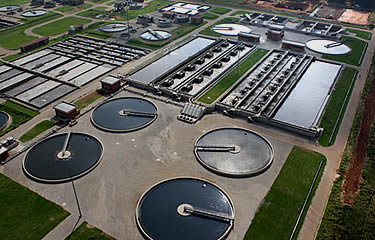Last updated: 27 August 2025
Summary: Gauteng’s large metros generally meet SANS 241:2015 for drinking water. Short, localised lapses still occur during supply interruptions or when upstream wastewater systems struggle. Testing after outages remains a wise step.
How South Africa judges safe tap water
- Standard: SANS 241:2015 sets health, aesthetic, and operational limits for drinking water.
- Oversight: The national Blue Drop programme evaluates risk management and compliance for each water service authority. Gauteng has a high share of systems rated good or excellent. Strong ratings do not remove the need for vigilance during disruptions.

Gauteng snapshot
Johannesburg
- Compliance and scrutiny: Civil society testing highlighted E. coli concerns at times in 2025. Johannesburg Water acknowledged isolated noncompliances with corrective actions and public advisories. Residents should follow official notices closely.
- Maintenance and pressure events: Rand Water ran major maintenance in mid 2025. Low pressure does not automatically mean unsafe water, yet depressurisation can increase intrusion risk. Households should flush taps once service returns and consider verification testing.
Ekurhuleni
- Strong system management: Blue Drop reporting places the City of Ekurhuleni among the province’s top performers with a score around 97 percent.
Tshwane with a focus on Hammanskraal
- Quality status: In early 2025 the City of Tshwane and the Department of Water and Sanitation confirmed that water supplied to designated Hammanskraal zones was safe to drink. Coordination with Magalies Water continues.
- What changed on the ground: A modular expansion at Klipdrift Water Treatment Works is being phased in while longerterm Rooiwal upgrades continue. These projects aim to stabilise reliable treated supply.
Sedibeng and the Vaal catchment
- Wastewater risk and recovery: Years of sewage spills into the Vaal River affected rawwater quality. Government and partners report progress in 2025, including pump station refurbishments, unblocking, and capacity increases at wastewater works. Independent reporting still notes pollution hotspots, so recovery is ongoing.
What changed in the last 12 months
- More transparent microbiological reporting: NGO testing and public dashboards increased scrutiny of E. coli performance at suburb level. Utilities responded with targeted fixes and more frequent updates.
- Stabilisation in Hammanskraal supply zones: Commissioning of Klipdrift modules allowed safe treated water to reach more households. Contingency communication is used during power or storm events.
- Supply and quality are not the same: Pressure outages and planned maintenance increased for asset reliability. Quality can remain compliant, yet any loss of pressure raises risk at the consumer tap.
The national picture
- Uneven performance: National oversight shows variable results across provinces. Gauteng still leads on the share of wellrun systems. Many authorities elsewhere face serious service delivery risk and need sustained rehabilitation of plants and networks.
- Wastewater pressure matters: Underperforming wastewater works pollute rivers and dams. This increases the treatment burden for downstream drinking water systems and contributes to recreational water quality problems at some river mouths and beaches.
Practical guidance for households and businesses
- Test after disruptions: If your area had low pressure, brown water, or a boil advisory, book a SANS 241 verification for E. coli, total coliforms, turbidity, nitrates, and disinfectant residual.
- Maintain storage responsibly: Keep tanks sealed, ventilated with insect screens, and clean. After refills, flush internal plumbing where practical.
- Institutions should formalise risk control: Estates, clinics, schools, and food businesses should implement a Water Safety Plan with routine verification testing and documented responses to noncompliance.
- Mind your plumbing health: Consider corrosion and scaling risks that damage pipes and fixtures. Low mineral water can be corrosive while hard water can scale. A quick indices check can save money on repairs.
How H₂OGuru helps in Gauteng and nationally
- Sampling and accredited lab testing aligned to SANS 241:2015, with courier collection across South Africa.
- Rapid microbiological screening and full chemistry where required.
- Actionable remedies that fit your context, from pointofuse protection to buildingwide treatment, plus corrosion or scaling advice for plumbing longevity.
- Clear reporting that highlights what failed, why it matters, and how to fix it.
Ready to check your water?
Book a SANS 241 test with H₂OGuru. If anything is out of spec, we will design a practical solution that fits your budget.
Call to action: Book a Water Test or email info@h2oguru.co.za.

